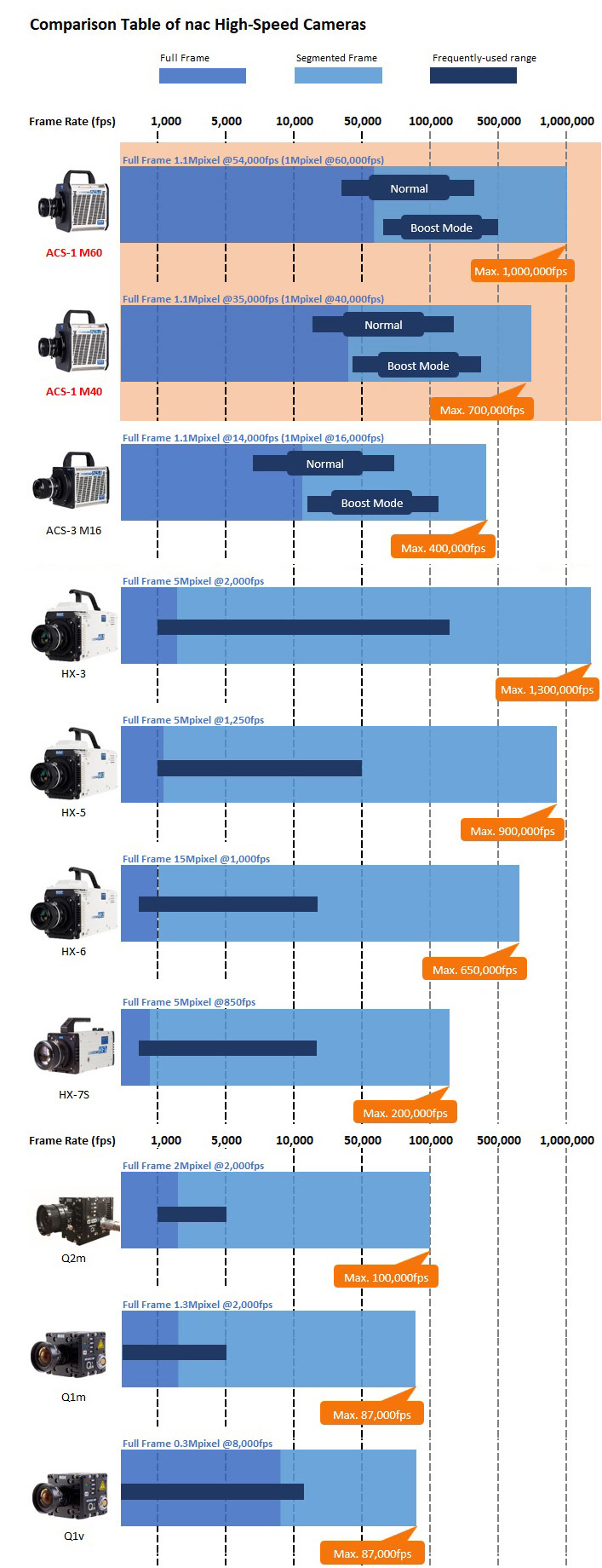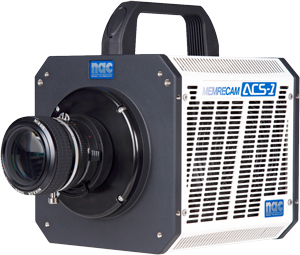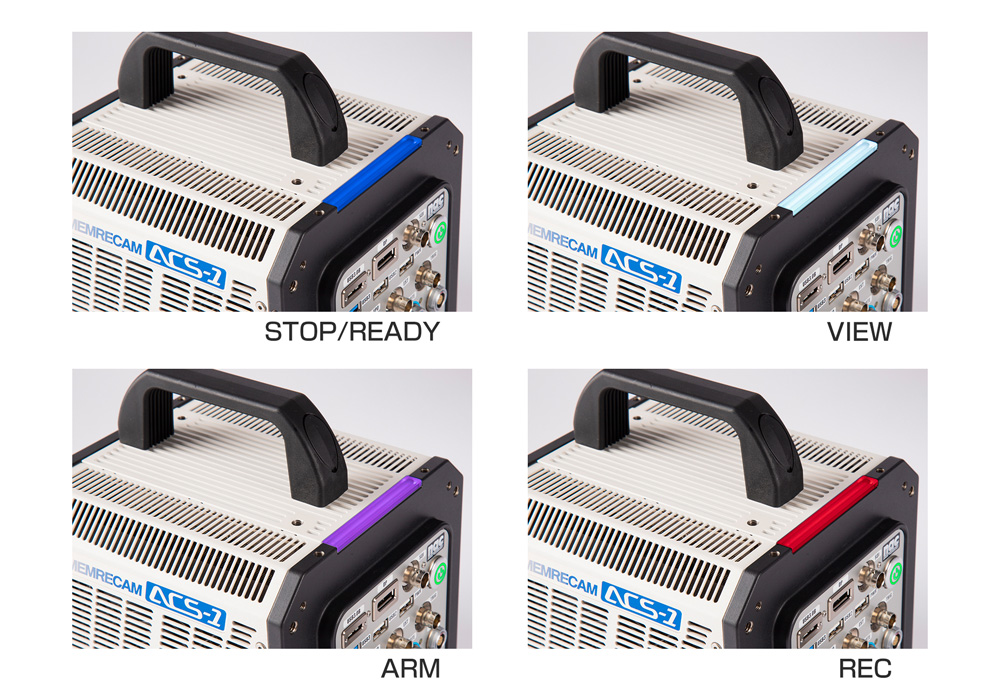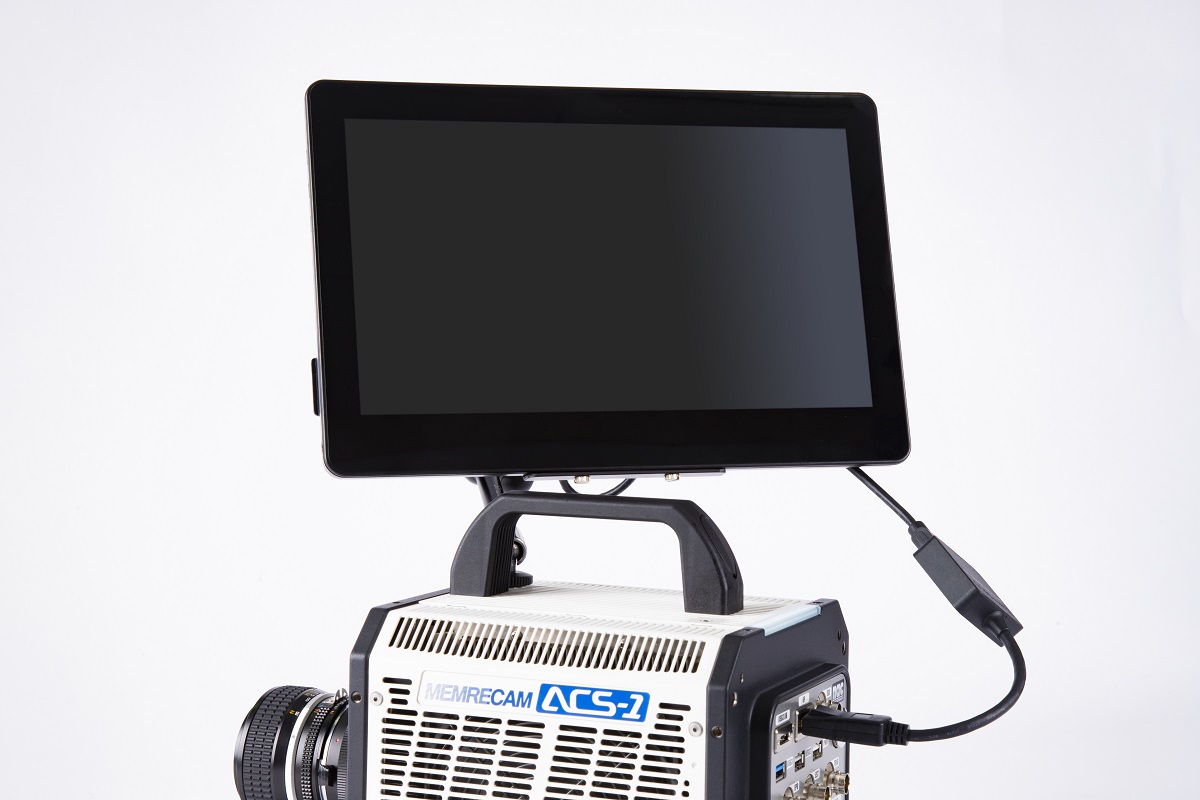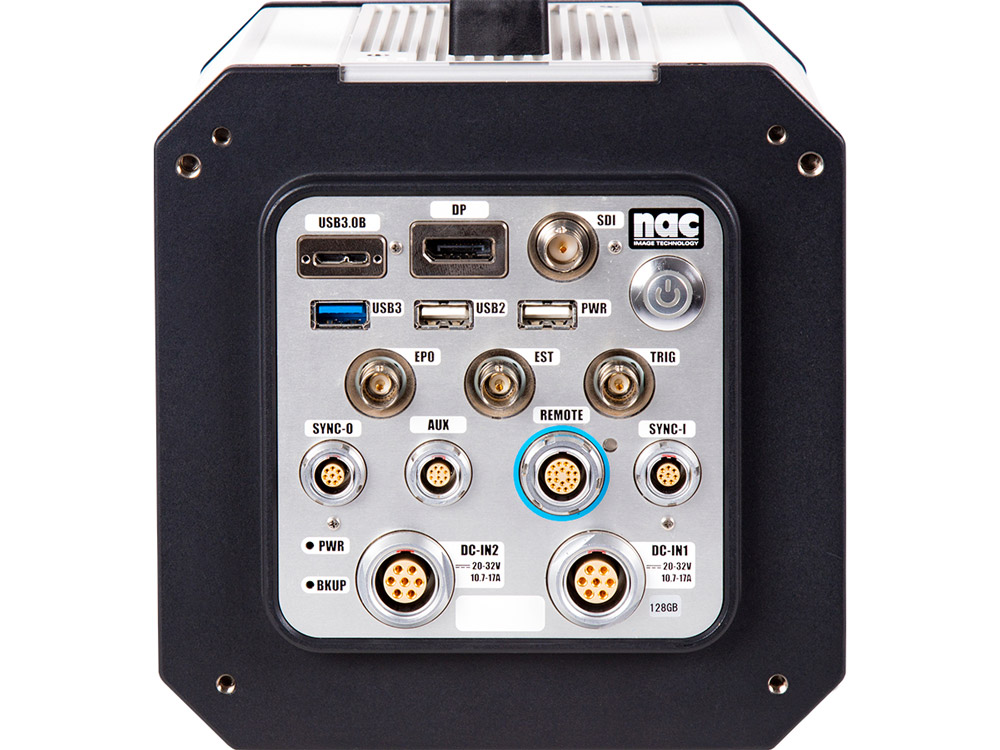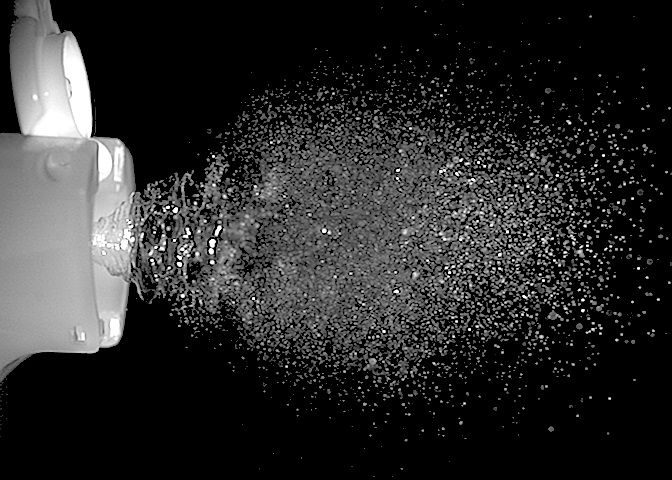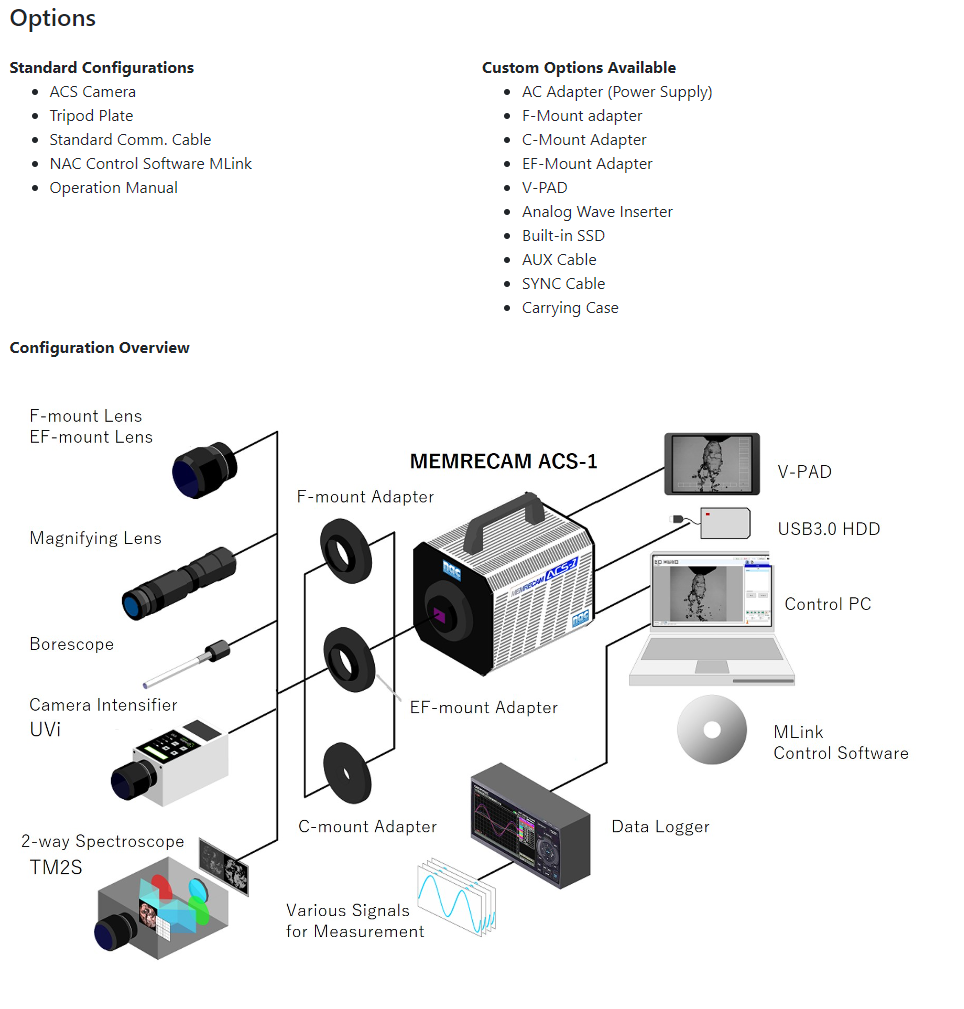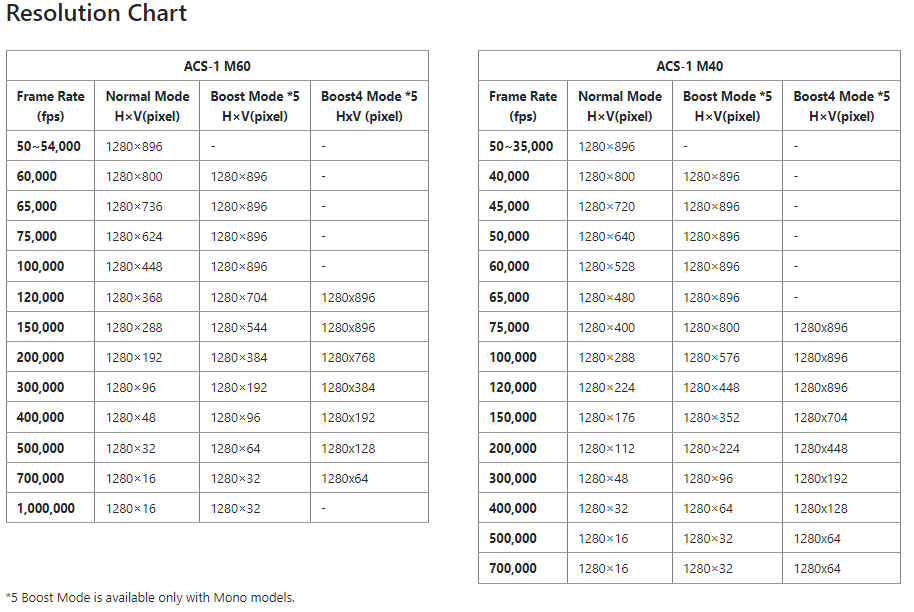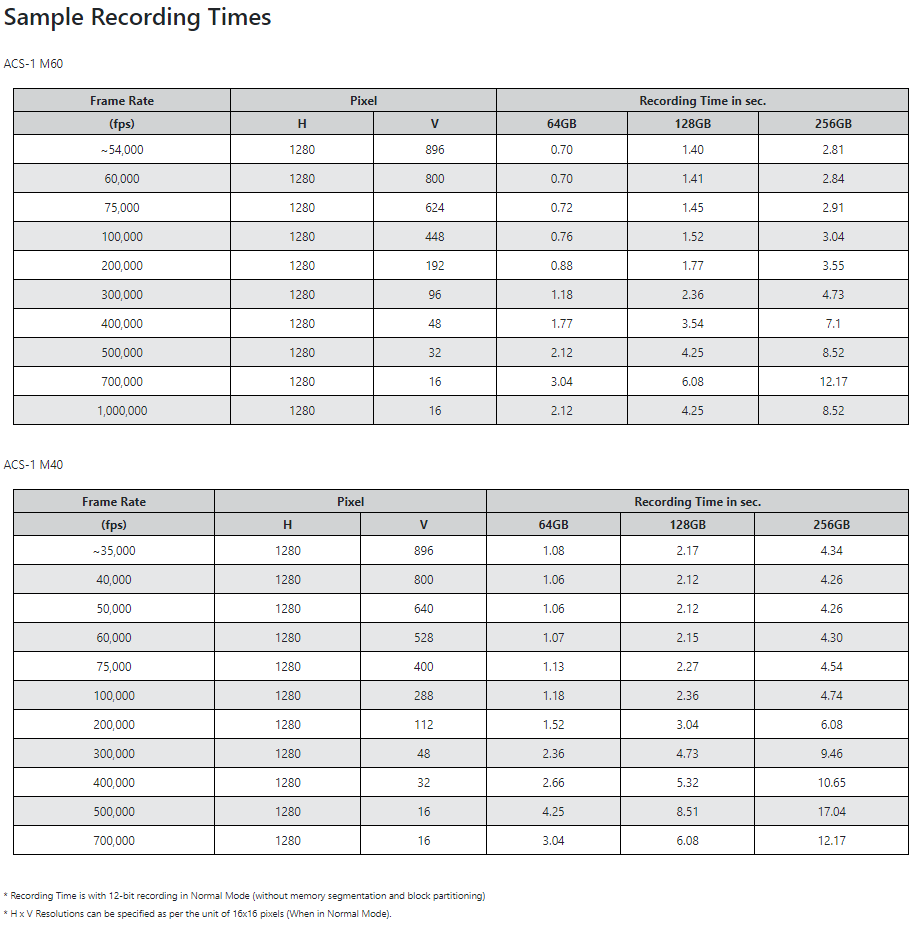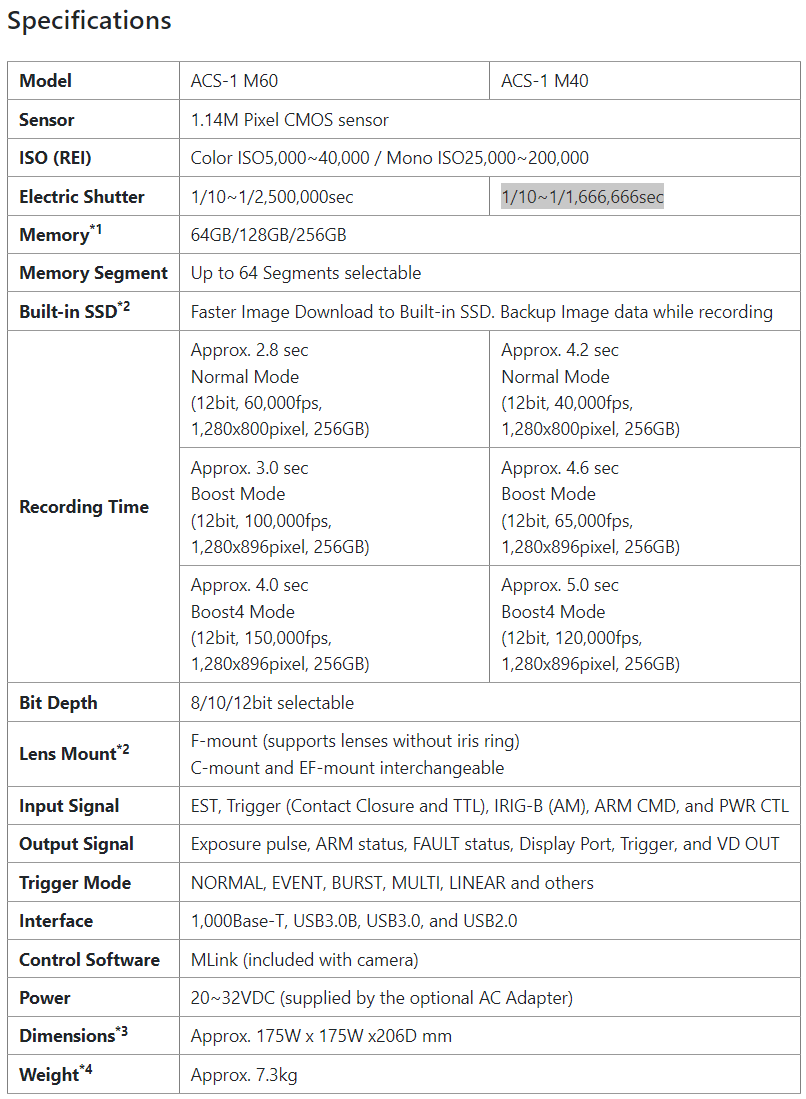Downloads
High Speed and High Resolution
The ACS-1 M60 offers a full-screen resolution of 1280 x 896 at a maximum frame rate of 54,000 fps and a resolution of 1280 x 800 at 60,000 fps. In normal mode, a resolution of 1280 x 448 is possible with a frame rate of up to 100,000 fps.
At lower resolutions, speeds of up to 1 million fps can be achieved. At an astonishing 60 gigapixels per second, the ACS-1 M60 offers a combination of frame rate and resolution that far exceeds any other high-speed camera in its class.
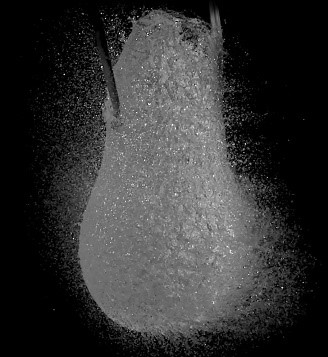
Boost Mode/Boost4 Mode
The Boost Mode*1 combines nac’s unique sensor technology with a proprietary signal processing method to increase frame rate and resolution with minimal or no degradation in image quality. This powerful tool is ideal for applications requiring higher frame rates and resolutions.
*1 Boost mode is currently only available on monochrome models.
Increasing the frame rate
@1280 x 896 pixels
Normal mode: 50,000fps -> Boost mode: 100,000fps -> Boost4 mode: 150,000fps
Increasesing resolution
@150,000fps
Normal mode: 1280×288 pixels ->Boost mode: 1280×544 pixels -> Boost4 mode: 1280×896 pixels
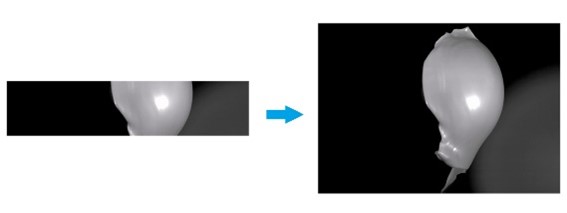
Example of boost mode: Both images were taken at the same frame rate (left: normal mode, right: boost mode)
High light sensitivity ISO 100,000
All cameras in the ACS series possess cutting-edge CMOS sensors, known for their exceptional light sensitivity (monochrome ISO 100,000). This guarantees lucid, vibrant and crisp images irrespective of low-light surroundings. Hence, the ACS-1 M60 is ideal for high-magnification and microscopy purposes, where it is crucial to avoid illuminating susceptible objects.


Conventional model ACS-1
Image Trigger
The Image Trigger is an exclusive function that instantly activates the camera upon detecting a slight alteration in illumination within a particular user-selected area of interest (AOI) in the live image. Unlike the majority of image-based triggers, which require detecting modifications in brightness throughout the field of view to trigger an event, the Image Trigger detects only a small change in brightness in the user-defined AOI. This empowers the user to trigger the ACS camera by detecting alterations in the live image due to movement or fluctuations in light intensity when a usual trigger signal is unavailable.
By utilising the ACS, a user can create a trigger AOI that spans only 21 x 16 pixels across the entire image. This precise configuration enables more precise image triggering to capture elusive events, even when just a minor image alteration occurs.
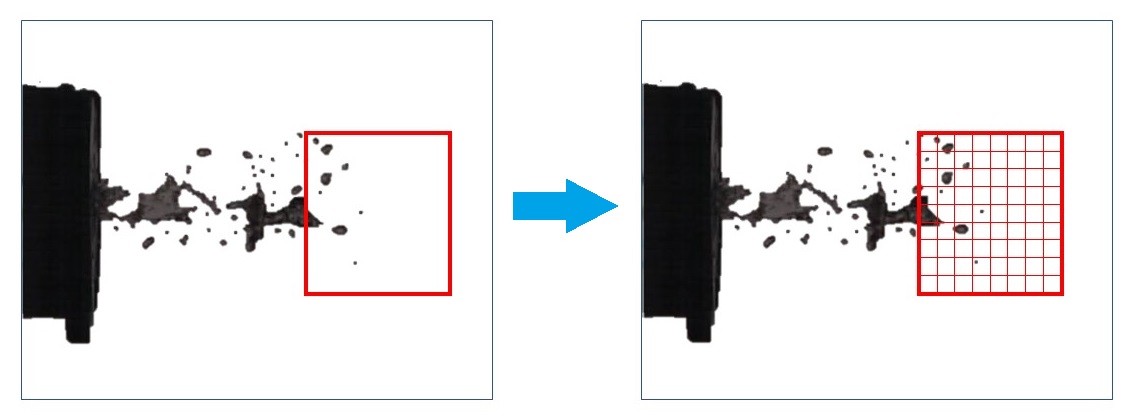
Large storage capacity and storage segmentation
The ACS-1 can hold up to 256GB of integrated DRAM, enabling longer recording periods than the majority of traditional high-speed cameras. Furthermore, an optional 1 terabyte (1 TB) SSD storage drive is offered, enabling rapid transfer of image data directly from camera memory to mass storage media.
The ACS also has memory segmentation, which permits users to divide the available memory into several shorter segments. This feature enables users to make multiple recordings in rapid succession without having to download the images to a computer first. Once all memory segments have been recorded, the user can choose which segments to download.
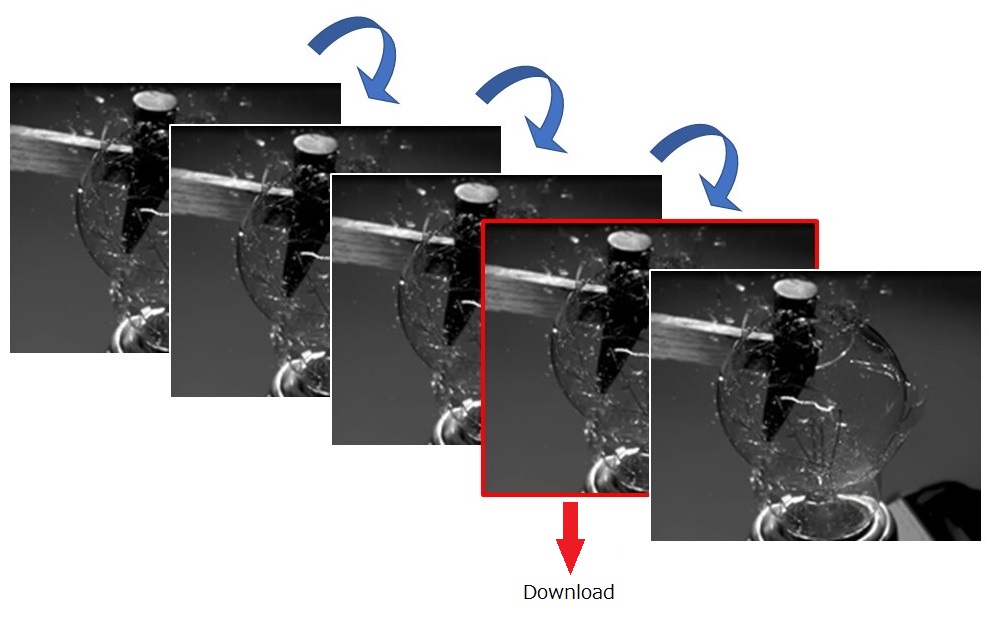
Easy synchronisation of multiple cameras
With two SYNC IN and SYNC OUT connectors on the rear, the ACS provides incredibly easy-to-use and precise camera synchronisation. ACS cameras can synchronise with a single sync cable without requiring any trigger distribution boxes or external sync equipment.
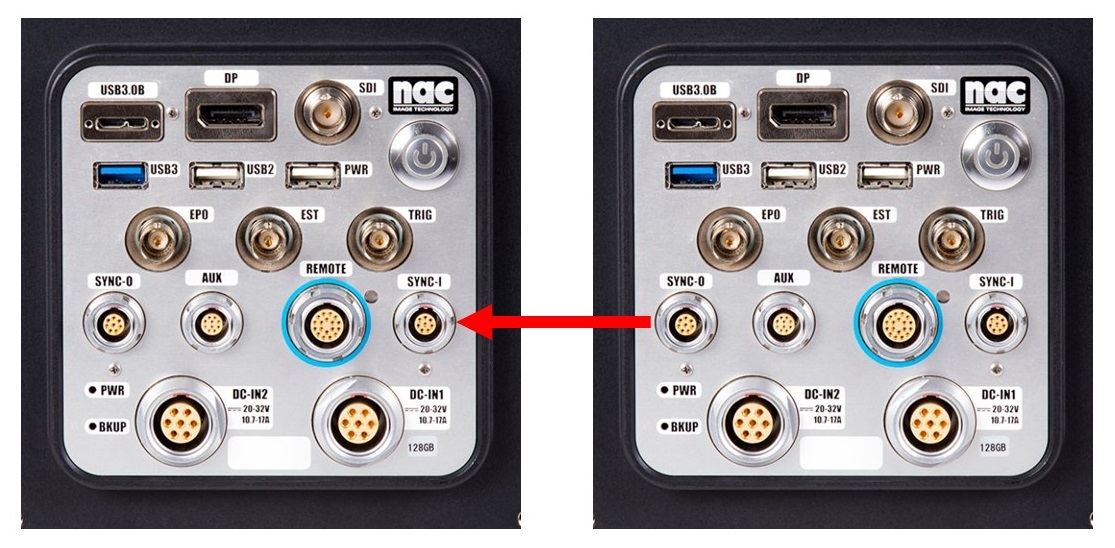
Superfast download speed with USB3.0B
The ACS provides high-speed image transfer through a standard USB3.0 Micro-B connector. Downloads exceed 325 MB/second *2, enabling swift retrieval of extensive image sequences. The ACS’s DOWNLOAD REC feature enables concurrent image capture and transfer of previously saved data to a personal computer (PC) or solid-state drive (SSD) in the background, resulting in optimised workflow. Images may be directly downloaded to an external USB3.0 (or USB2.0) device without depending on a PC. *3
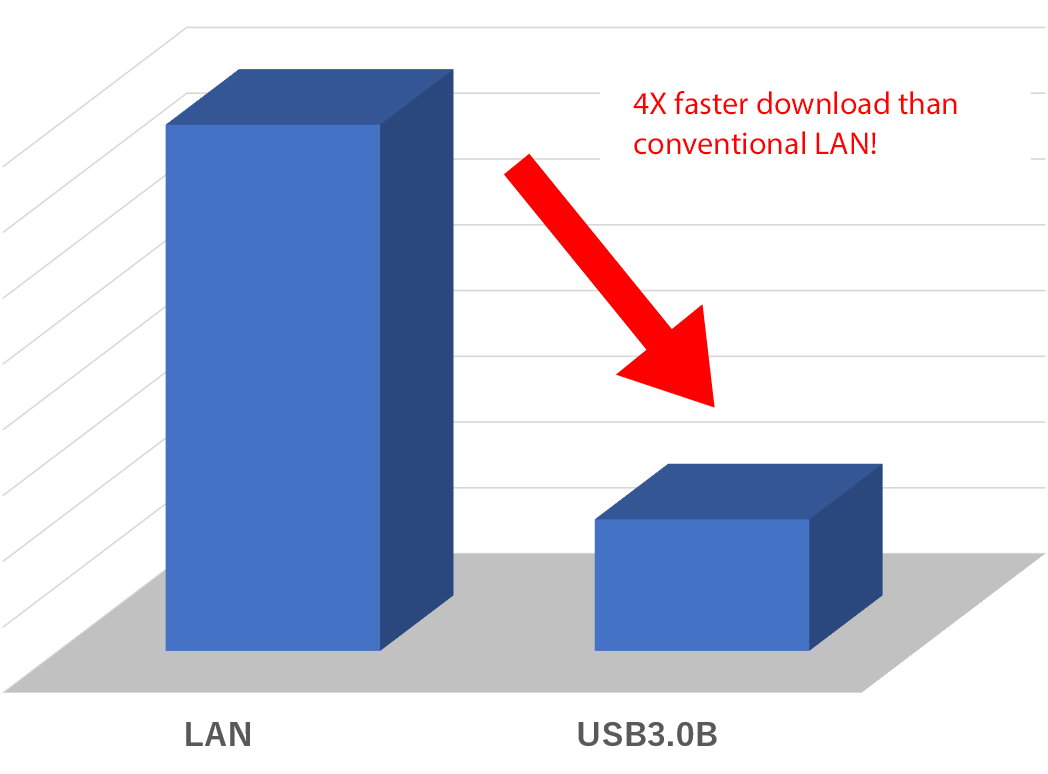
*2: Download rates depend on PC performance.
*3: An optional V-PAD is required to transfer the data without a PC.
V-PAD touch screen monitor for ACS series
No PC, no problem! With the ACS Series V-PAD, you can appreciate stunning HD viewing and complete touchscreen camera control without the need for a computer. Whether on site or in a restricted area where PC control is unfeasible, the V-PAD enables complete control of the ACS camera – from setup and recording to reviewing and storing – all through an intuitive touchscreen interface.
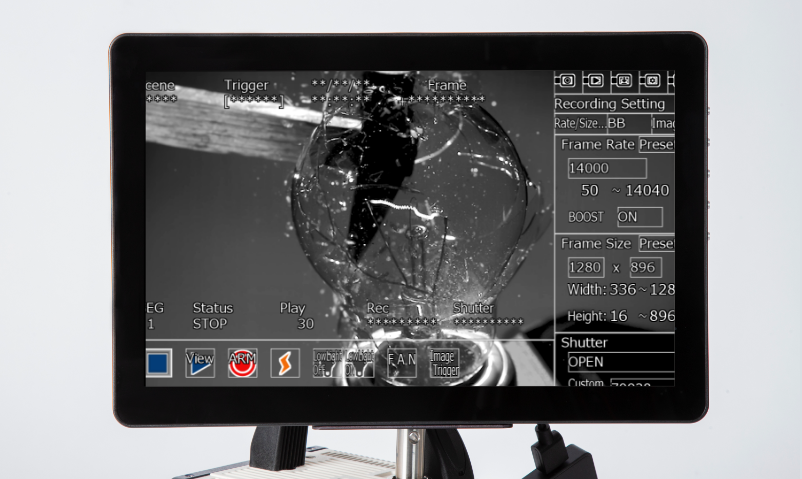
nac High Speed Camera Comparison Table
